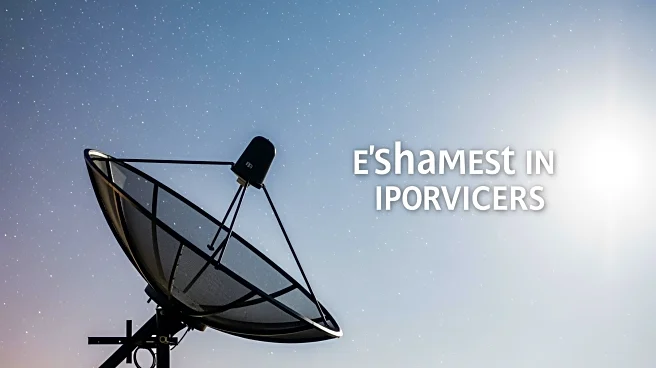What's Happening?
F&W Networks is focusing on long-term efficiency and growth as the initial phase of fiber network expansion, described as a 'land grabbing exercise,' comes to an end. At the Connected Britain event, F&W Networks chairman
Carlos Bock highlighted the industry's shift from network deployment to customer uptake. He noted that the industry could have better correlated rollouts with subscriber connections, which might have led to more efficient but fragmented growth. The current focus is on optimizing capital and operational efficiency to build large networks and achieve profitability quickly. F&W Networks is positioned for continued growth, aiming for cash flow break-even by 2026 and engaging investors to expand its footprint.
Why It's Important?
The shift in focus from rapid network expansion to efficiency and customer uptake is crucial for the sustainability of the fiber network industry. As the market becomes more constricted, companies like F&W Networks must demonstrate proven returns to attract investment and continue growth. This focus on efficiency could lead to more stable and profitable operations, benefiting both the companies involved and their customers. The industry's ability to adapt to these changes will impact the broader telecommunications landscape, influencing service availability and pricing for consumers.
What's Next?
F&W Networks plans to reach cash flow break-even by 2026 and is in discussions with investors to expand its existing network footprint. The company aims to optimize its delivery and operational chains to enhance efficiency and profitability. As the market continues to consolidate, other companies may follow suit, focusing on efficiency and customer engagement to remain competitive. The industry's evolution will likely involve further consolidation and strategic partnerships to maximize growth opportunities.
Beyond the Headlines
The industry's shift towards efficiency and customer engagement may lead to increased competition among fiber network providers, potentially driving innovation and improved services. This focus on efficiency could also result in more sustainable business practices, reducing environmental impact and operational costs. As companies optimize their operations, there may be opportunities for new entrants to offer niche services or technologies that complement existing networks.












